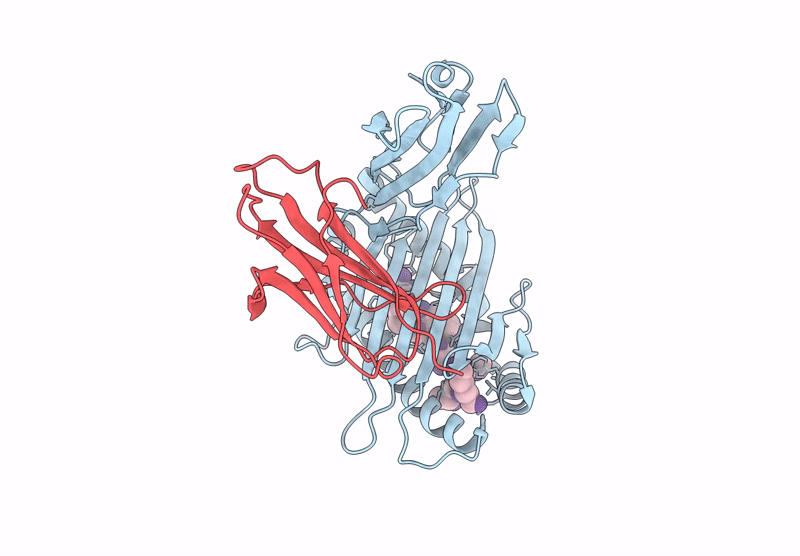
Deposition Date
2022-10-13
Release Date
2023-01-25
Last Version Date
2024-11-06
Entry Detail
PDB ID:
8ERX
Keywords:
Title:
Structure of chimeric HLA-A*11:01-A*02:01 bound to HIV-1 RT peptide
Biological Source:
Source Organism:
Homo sapiens (Taxon ID: 9606)
Human immunodeficiency virus 1 (Taxon ID: 11676)
Human immunodeficiency virus 1 (Taxon ID: 11676)
Host Organism:
Method Details:
Experimental Method:
Resolution:
2.07 Å
R-Value Free:
0.23
R-Value Work:
0.19
R-Value Observed:
0.19
Space Group:
P 1 21 1


